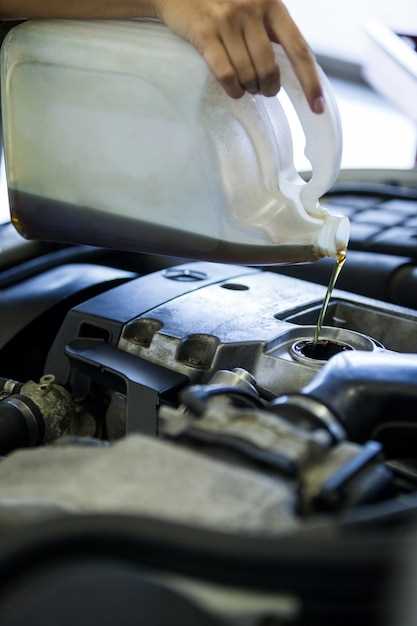
Engine overheating is a common issue that can lead to significant damage if not addressed promptly. Understanding the factors that contribute to overheating is essential for vehicle owners who wish to ensure their cars remain in optimal condition. By taking proactive steps and showing proper care for your engine, you can prevent costly repairs and extend the life of your vehicle.
One of the key aspects of maintaining a healthy engine is monitoring the cooling system. Regular checks on coolant levels, the radiator, and hoses can make a notable difference in preventing overheating. Additionally, staying aware of temperature gauges can alert you to potential issues before they escalate, allowing for timely interventions.
Another crucial element is keeping your engine well-maintained through routine servicing. Oil changes, filter replacements, and thorough inspections contribute to efficient engine performance and help dissipate heat more effectively. Remember, a little care in maintenance goes a long way in ensuring your engine runs smoothly and coolly.
Regularly Check Coolant Levels and Quality

Maintaining proper coolant levels and ensuring its quality are crucial steps in preventing engine overheating. The coolant, a mixture of water and antifreeze, plays a vital role in regulating engine temperature. It absorbs excess heat generated by the engine during operation and dissipates it through the radiator.
To avoid overheating, it’s essential to check the coolant level regularly, especially before long trips or in extreme weather conditions. Insufficient coolant can lead to increased engine temperature, which may cause severe damage. Always ensure the coolant reservoir is filled to the recommended level, as specified in the vehicle’s manual.
In addition to checking the levels, assessing the quality of the coolant is equally important. Old or contaminated coolant can lose its effectiveness, leading to overheating. Look for signs such as discoloration, debris, or a foul smell, which may indicate a need for a coolant flush and replacement. Regular maintenance, including coolant checks, helps ensure optimal engine performance and longevity while preventing unnecessary overheating issues.
Inspect and Maintain Radiator Functionality
To ensure optimal engine performance and prevent overheating, it is essential to regularly inspect and maintain the radiator functionality. The radiator is a crucial component that helps dissipate heat generated by the engine during operation. Over time, debris, corrosion, and leaks can inhibit its ability to cool effectively.
Start by checking the radiator fluid level. Ensure it is within the recommended range and replace it if it appears dirty or contaminated. Additionally, inspect the hoses connected to the radiator for any signs of wear, cracks, or leaks. Replacing damaged hoses promptly can prevent coolant loss and maintain consistent engine temperature.
Regularly flush the radiator to remove sediment build-up that can obstruct coolant flow. This process helps optimize heat exchange efficiency. Also, check the radiator cap for proper sealing. A faulty cap can lead to pressure loss, reducing the system’s ability to function effectively.
Lastly, keep the exterior of the radiator clean. Dirt and debris can accumulate on the fins, restricting airflow and diminishing cooling performance. Using a soft brush or compressed air can help maintain its cleanliness. By following these care measures, you can significantly reduce the risk of engine overheating and extend the life of your vehicle’s cooling system.
Monitor Engine Temperature with Accurate Gauges

To effectively prevent engine overheating, it is essential to monitor engine temperature using accurate gauges. These instruments provide real-time data on your engine’s operating temperature, allowing you to identify potential issues before they escalate.
Investing in high-quality temperature gauges can significantly enhance your vehicle’s care. Regularly check the readings to ensure that the engine operates within the manufacturer-recommended temperature range. This vigilance helps in detecting any irregularities, such as sudden spikes in temperature that may indicate cooling system failures or low coolant levels.
In addition to factory-installed gauges, consider installing aftermarket ones if your vehicle lacks accurate monitoring tools. These upgrades can furnish more precise readings and additional features, empowering you to take proactive measures against overheating.
Furthermore, familiarize yourself with the normal temperature range for your vehicle. Understanding these benchmarks will help you quickly recognize any discrepancies that could signal an impending problem. By consistently monitoring engine temperature, you can ensure optimal performance and longevity of your vehicle.




